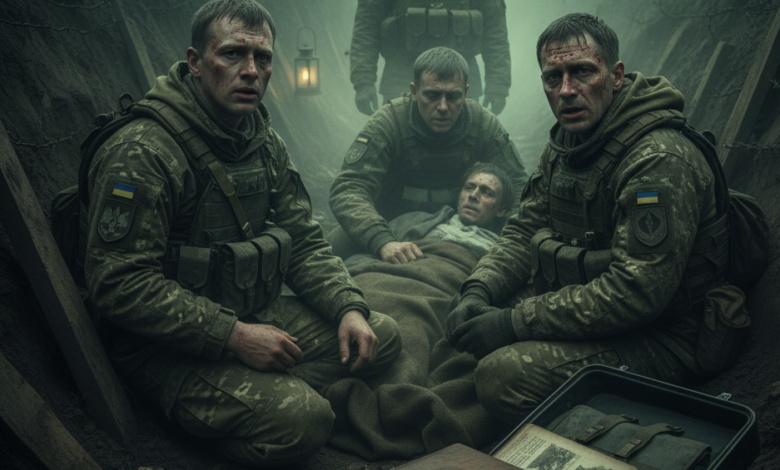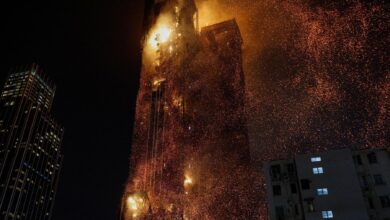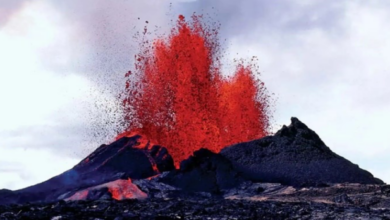Back After A Century: World War I Disease Resurfaces On Ukraine Front

Critical Warning: Gas Gangrene Cases Skyrocket Among Wounded Soldiers; British Press Warns Of An “Unprecedented Resurgence”
KYIV / LONDON – The intense conditions of the conflict in Ukraine, particularly the trench warfare environment, have led to the resurgence of a deadly infection rarely encountered by modern medicine—the specter of gas gangrene, a nightmare from the World War I era (1914-1918). Ukrainian doctors are reporting an “alarming” increase in Gas Gangrene Cases among wounded soldiers arriving from the frontline.
According to a report highlighted by the British newspaper The Telegraph, this situation signals the return of a disease not seen on this scale in over a century under modern combat conditions.
🦠 WHAT IS GAS GANGRENE AND WHY HAS IT RESURFACED?
Gas gangrene (Clostridial myonecrosis) is a rapidly progressing and lethal soft-tissue infection caused by Clostridium bacteria, which thrive in anaerobic (oxygen-free) environments.
- World War I Context: This infection became pervasive during World War I because soldiers’ wounds were heavily contaminated with dirty, muddy soil—especially in the prolonged, unhygienic conditions of trench warfare. Consequently, ideal, oxygen-deprived environments for the bacteria to multiply rapidly were created.
- Ukraine Conditions: The current conflict in Ukraine is characterized by a return to trench warfare on the eastern front. This situation forces wounded soldiers to remain trapped in dirty and muddy environments for hours. As a result, inadequate wound hygiene and delayed intervention create the perfect conditions for the bacteria to spread, often losing the critical window (a few hours) before the infection becomes untreatable.

🩺 DOCTORS’ STRUGGLE AND RAPID SPREAD
Ukrainian health officials are deeply concerned by the rapid spread and lethality of this infection.
- Difficult Treatment: Gas gangrene is notoriously difficult to control, even with powerful antibiotics. Often, the infection’s spread necessitates the rapid amputation of limbs to save the patient’s life.
- Delay Factor: Delays in evacuating wounded soldiers from the frontline are causing the loss of crucial time needed to stop the infection from spreading into limbs and the bloodstream. Therefore, the high number of Gas Gangrene Cases underscores the urgent need for faster, more effective battlefield care. s]
The Telegraph emphasized that this situation forces Ukrainian doctors, despite access to modern surgical techniques, to contend with the brutal medical realities of World War I.
This alarming development is not merely a military threat but also a severe warning to global health and infection control experts regarding the return of this forgotten hazard from the past.






